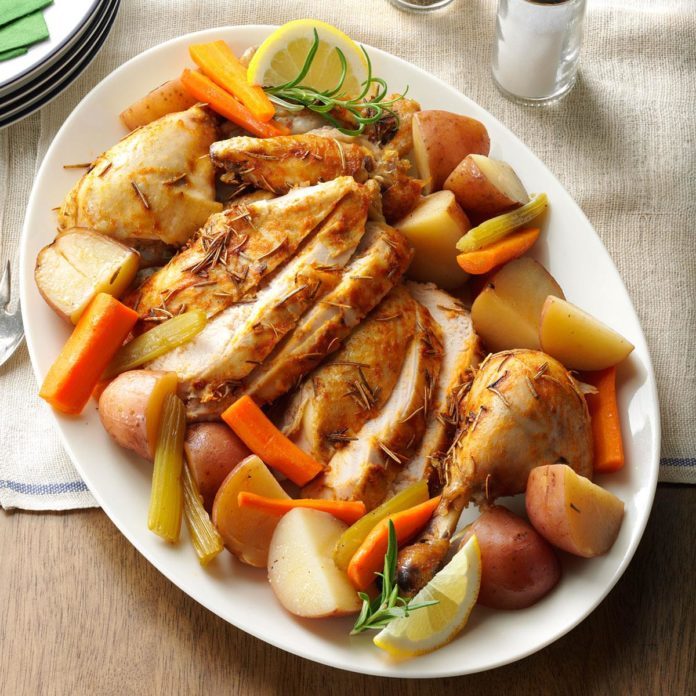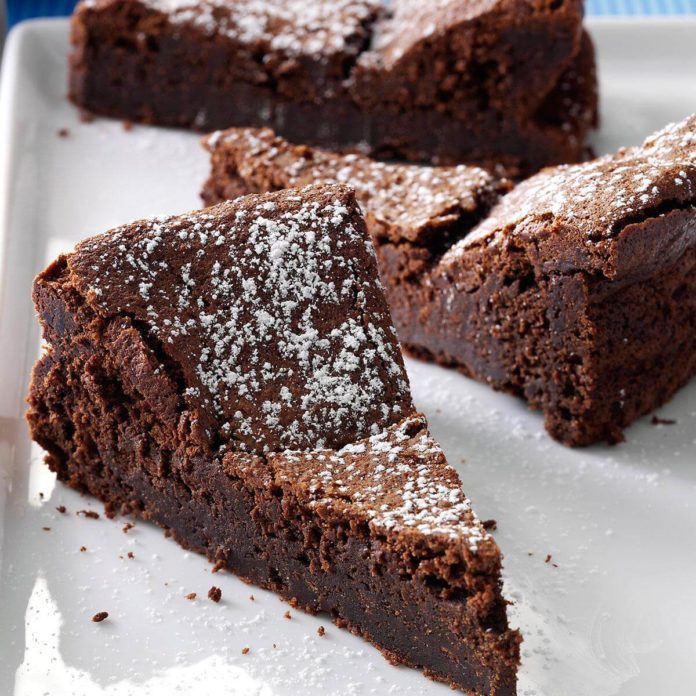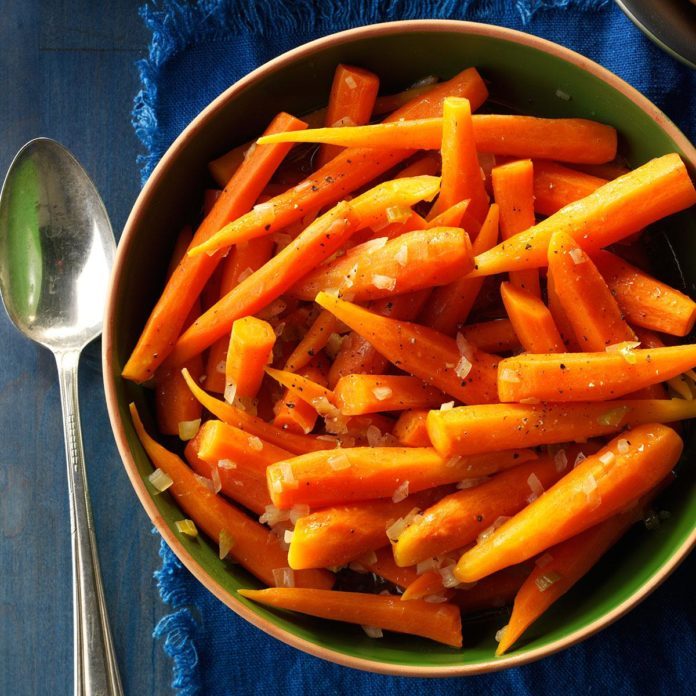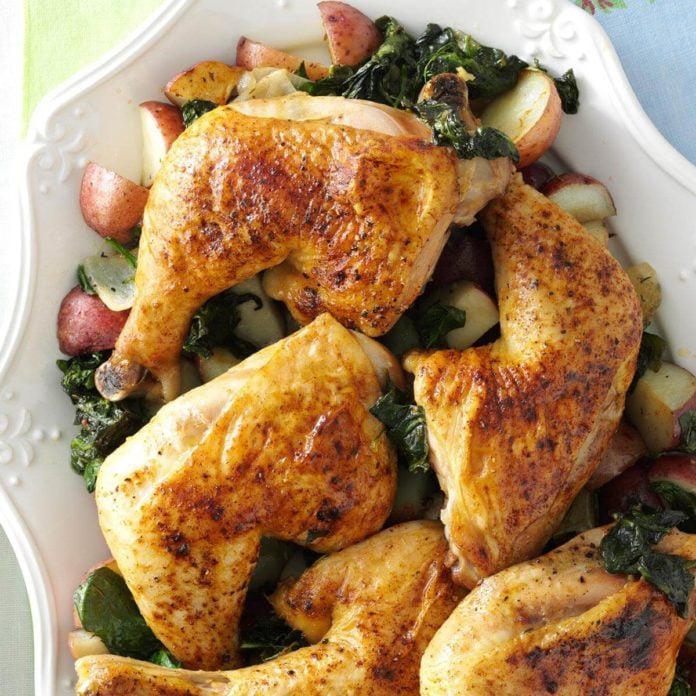Charoset, a fruit- and nut-based relish or spread that is piled on matzo with a bit of horseradish. You’ll find it on Passover tables around the world.
What is the significance of charoset?
The dish symbolizes the building blocks made by the Jewish people during their enslavement in Egypt thousands of years ago. That’s why it’s a “building block” of the Passover celebration, which commemorates the liberation of their ancestors from slavery in Egypt.
The celebration centers around a festive meal called a Seder (pronounced SAY-duhr), during which the story of the liberation is told and retold in song, in prayer, and by making reference to a variety of foods that are always part of the Seder table and represent some aspect of the story. Here’s what you’ll want to know if you get invited to partake in a Passover dinner.
What are some popular Passover dishes?
Most people are familiar with one of those foods: matzo. Matzo is a cracker-like flatbread that contains no leavening agent. (Here’s the difference between matzo, matzo meal and matzo farfel.) Impress your friends and family with these matzo facts everyone should know.
But if you ask your Jewish friends what their favorite is, you’re likely to hear about charoset (pronounced ha-ROW-set).
What are the ingredients in charoset?
The general list of the ingredients that may be used in charoset are believed to be dictated by the Song of Songs, but most families are loyal to their own traditional recipe. Where those families reside on the globe tends to dictate the nature of the recipe.
Here are some examples of charosets from tables around the globe.

Ashkenazic charoset
In the United States, the most common charoset is the one favored by most Ashkenazic Jews (people whose ancestors settled in Eastern Europe). This kind of charoset is a chunky blend of apples, walnuts, wine and cinnamon. Here’s our recipe from home cook Gloria Mezikofsky.
Sephardic charoset
Sephardic Jews, whose ancestors settled in Spain and Portugal, have their own traditional charoset: a paste made from raisins, figs, dates, and sometimes apricots or pears.
Iraqi charoset
The traditional charoset enjoyed by Jews of Iraqi descent is called silan. It’s made from pressed dates, chopped walnuts and a tiny squeeze of lemon.
“Anyone that has ever tasted it, says it is the best charoset, and how nice it is that it’s simple to make,” raves Miriam Amselem, a natural food (and fitness) blogger.

Moroccan charoset
Jews whose ancestors settled in Morocco tend to favor a charoset made primarily with dates, walnuts and cloves. Dark and sweet, this one is blended into a sticky paste, but the way that blogger Amanda Mouttaki makes it, it can be rolled into balls and eaten out of hand.
“I decided on making the balls because there are a lot of other Moroccan sweets done similarly. It really felt most true to what would be done in Morocco,” Mouttaki writes.
Italian charoset
“The history of the Jews in Italy spans more than two thousand years,” according to Andy Goldfarb, the blogger behind BreakingMatzo.com.
So, not surprisingly, there are various regional versions of charoset within Italy. For example, in Padua, the charoset is made with prunes, raisins, dates, walnuts, apples and chestnuts. In Milan, charoset includes orange juice, almonds, dates, bananas and pears.
The one pictured is Goldfarb’s own recipe, featuring pine nuts, pears and almonds, which Goldfarb says “evoke the flavors and textures of Italian sweet and savory food.”

East-West Blend charoset
New York City chef and spice guru Lior Lev Sercarz (he owns La Boîte, a biscuits and spice shop in New York City and is the author of two acclaimed books, The Art of Blending and The Spice Companion) has come up with his own signature charoset that blends Eastern and Western cultures.
A sweet, chutney-style spread, it makes liberal use of Mediterranean dates and Granny Smith apples, as well as ruby Port wine, cashews, nigella seeds, sesame seeds, sherry vinegar, ground sumac, and a touch of Aleppo chile flakes.
Next up: Bubbe’s Best Passover Recipes
Charoset
Orange-Spiced Brisket
Flavorful Matzo Ball Soup
Slow-Roasted Chicken with Vegetables
Almond Crunch
Passover Popovers
Orange-Glazed Carrots, Onions & Radishes
Lemony Coconut Macaroons
Flourless Chocolate Torte
Brown Sugar-Glazed Baby Carrots
Cranberry Lime Macaroons
Roasted Chicken & Red Potatoes
Flourless Chocolate Cake with Rosemary Ganache
Roasted Carrots with Thyme
Potato Kugel
Roasted Radishes
Red Roasted Potatoes
Lemon & Thyme Roasted Chicken
Chocolate-Dipped Hazelnut Macaroons
Note: Every product is independently selected by our editors. If you buy something through our links, we may earn an affiliate commission.
The post Here’s What Charoset Is Like on Passover Tables Around the World appeared first on Taste of Home.
Lauren Cahn


















